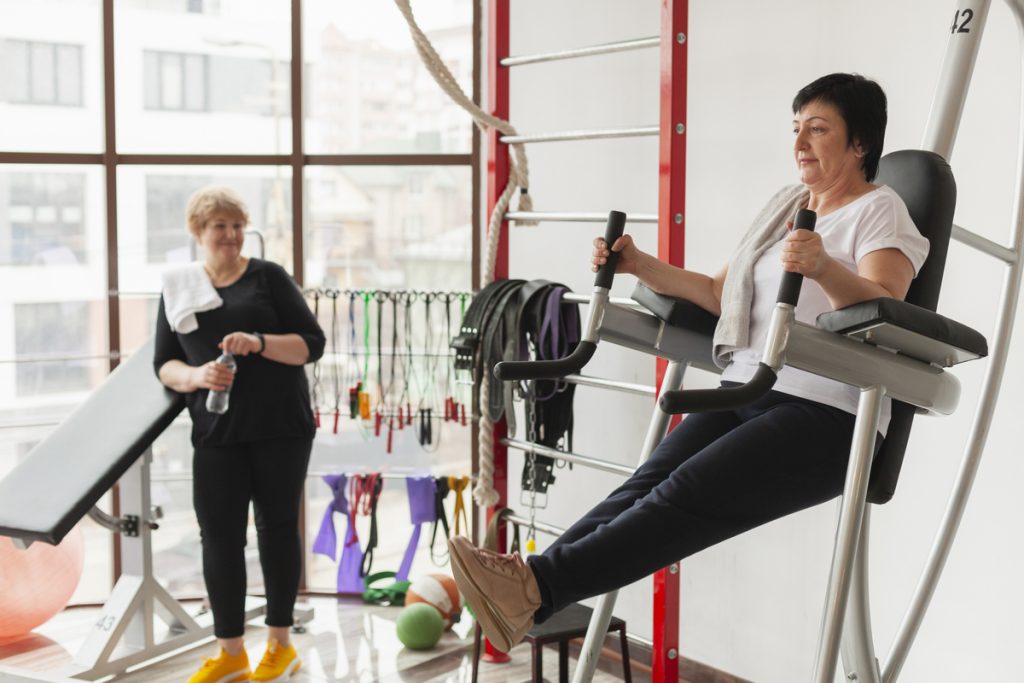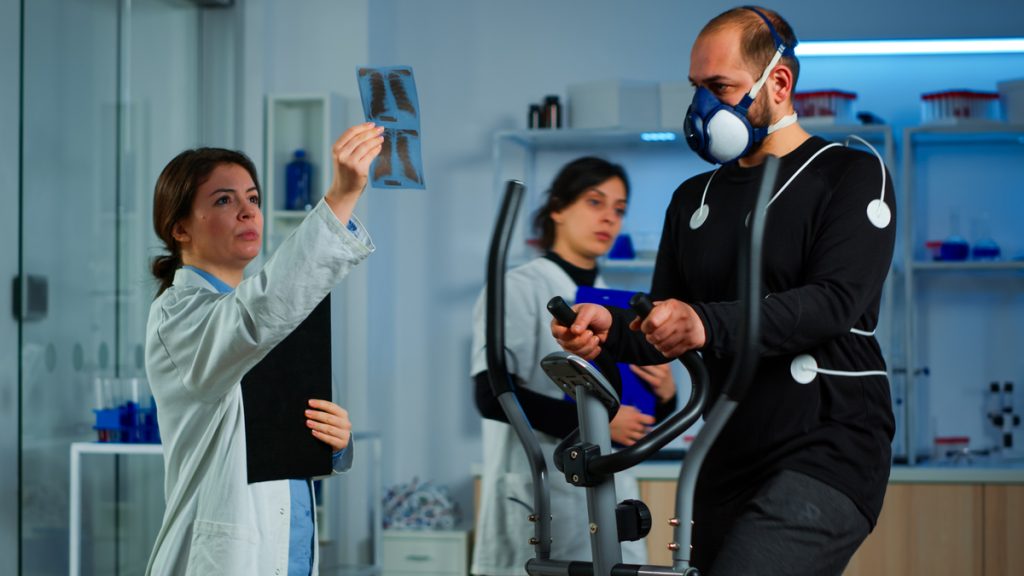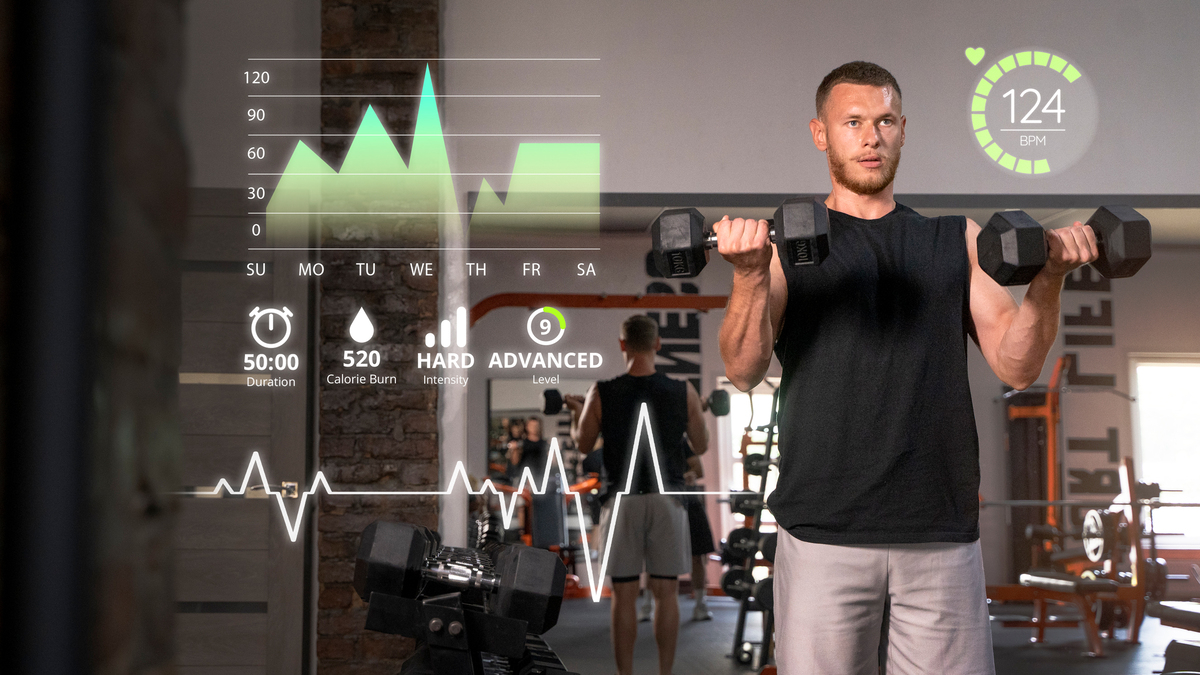Printing For The Health And Fitness Industry: A Niche Market
Introduction:
Health And Fitness- Printing technology has made remarkable advancements in various industries, and one such niche market where it has found its application is the health and fitness industry. The intersection of printing and the health and fitness sector has given rise to a range of innovative solutions and possibilities, transforming the way we approach healthcare, wellness, and personal fitness.
The advent of 3D printing has opened up new avenues for customization and personalization in the production of fitness equipment. From personalized orthopedic braces and prosthetics to customized fitness wearables, 3D printing has revolutionized the way these products are designed, manufactured, and tailored to meet individual needs. The ability to create intricate designs with precision and speed has significantly impacted the accessibility and affordability of such specialized products.
It allows the fabrication of three-dimensional living tissues and organs by layering bioinks composed of living cells. This has the potential to revolutionize organ transplantation, tissue engineering, and drug testing, as well as enable personalized medicine approaches.
Is health and fitness a good niche for blogging?
Health and fitness are huge topics, and you’ll definitely find an audience if you’re blogging about something in this area. Health and fitness is one of the most popular blogging niches. It is a lucrative niche which means there are a ton of blogs that will be competing with you.
The growing interest in leading a healthy lifestyle, staying fit, and prioritizing overall well-being has created a high demand for informative and engaging content in this field. Blogging about health and fitness allows individuals to share their knowledge, experiences, and tips, while also building a community of like-minded individuals who are passionate about their health.
One of the main advantages of blogging in the health and fitness niche is the vast amount of topics to explore. From nutrition and exercise to mental health and holistic wellness, there is an endless array of sub-topics to delve into. This provides bloggers with a wide range of content possibilities, ensuring that they can consistently offer valuable and diverse information to their readers. This provides bloggers with a steady audience base and the potential for long-term growth and engagement.
Blogging about health and fitness also allows individuals to make a positive impact on people’s lives. By sharing accurate information, debunking myths, and promoting evidence-based practices, bloggers can help their readers make informed decisions about their health. They can inspire and motivate individuals to adopt healthier habits, achieve their fitness goals, and overcome challenges.

What is 3D printing used for in healthcare?
With 3D printing, surgeons can now access tailor-made instruments designed specifically for a particular procedure or patient’s anatomy. These bespoke tools can lead to increased accuracy, reduced operating time, and ultimately, improved patient outcomes.
3D printing has emerged as a revolutionary technology with numerous applications in the healthcare industry. One of the key uses of 3D printing in healthcare is in the production of patient-specific anatomical models. These models are created based on medical imaging data, such as CT or MRI scans, and offer a tangible representation of a patient’s unique anatomy. Surgeons can use these 3D-printed models to plan complex surgeries, enhance their understanding of patient anatomy, and improve surgical outcomes.
Another important application of 3D printing in healthcare is the production of customized prosthetics and orthotics. Traditional methods of creating prosthetics and orthotics often involve time-consuming and expensive processes. However, 3D printing enables the production of personalized and lightweight prosthetic limbs and orthotic devices that perfectly fit the patient’s needs. This technology allows for faster turnaround times, increased comfort, and improved functionality for individuals in need of these assistive devices.
In the field of dentistry, 3D printing has revolutionized the fabrication of dental implants, crowns, and bridges. With the ability to produce accurate and customized dental restorations, 3D printing has streamlined the dental workflow, reducing the need for traditional, labor-intensive techniques. This results in faster production times, improved patient comfort, and enhanced aesthetic outcomes.
What are the types of 3D printers for healthcare?
The most popular medical 3D printing technologies include stereolithography (SLA), selective laser sintering (SLS), and fused deposition modeling (FDM) for plastic parts, and direct metal laser sintering (DMLS) and selective laser melting (SLM) for metals.
There are several types of 3D printers used in the healthcare industry, each with its own unique characteristics and applications. One common type is the fused deposition modeling (FDM) printer. FDM printers work by extruding thermoplastic materials layer by layer to create a 3D object. They are widely used for creating anatomical models, surgical guides, and custom prosthetics due to their affordability and ease of use.
Selective laser sintering (SLS) printers are also utilized in healthcare applications. SLS printers use a high-powered laser to fuse powdered materials, typically nylon or biocompatible polymers, into solid objects. This technology is commonly used in the production of orthopedic implants and prosthetic components due to its ability to create strong and durable parts with complex geometries.
Bioprinters are designed specifically for creating living tissues and organs by depositing bioinks composed of living cells. These printers use various techniques such as extrusion-based, inkjet, or laser-assisted printing to precisely position the cells and build intricate tissue structures. Bioprinting holds immense potential for regenerative medicine, drug testing, and personalized medicine.

What is niche in print on demand?
Published Mar 14, 2023. If you’re looking to start a print on demand business, it’s important to choose a niche that has low competition and good profitability. Pet-related products, hobbies and interests, inspirational quotes, travel-related products, and retro/vintage designs are all excellent niches to consider.
In the context of print on demand (POD), a niche refers to a specialized and specific market segment that caters to a particular audience with distinct interests, preferences, or needs. Niche in POD refers to the practice of targeting and creating products that cater to these specific market segments. Rather than offering a wide range of generic products, niche POD focuses on producing customized and unique designs that resonate with a particular audience.
Niche POD allows creators and entrepreneurs to tap into specialized markets and build a loyal customer base. By identifying a niche, such as a specific hobby, subculture, or interest group, creators can design and offer products that cater to the specific tastes and preferences of that audience. This targeted approach can result in higher customer engagement, increased conversion rates, and greater customer satisfaction.
One of the key benefits of niche POD is the ability to stand out in a saturated market. With a niche focus, creators can differentiate themselves from generic mass-produced products and establish themselves as experts or authorities within their chosen niche. This specialization builds credibility and trust among the target audience, making it more likely for them to choose niche POD products over more generic alternatives.
What is a niche in the fitness industry?
A fitness niche is a specialized area of expertise a trainer a) loves working in, b) gets really good at, and c) eventually becomes a well-known authority in. At the Online Trainer Academy, we teach how to identify your fitness niche based on your 1 Percent Uniqueness Factor—the 1 percent that makes you different.
It represents a specialized area of focus that allows fitness professionals, trainers, and businesses to target a specific audience and tailor their products or services to meet their unique requirements.
A niche in the fitness industry can take various forms. It could be centered around a specific fitness activity or discipline, such as yoga, CrossFit, or dance fitness. Alternatively, it could revolve around a particular demographic group, such as fitness for seniors, pre- and post-natal fitness, or fitness for individuals with specific medical conditions. Niche markets can also be based on specific goals, such as weight loss, muscle building, or sports performance enhancement.
One of the advantages of operating within a niche in the fitness industry is the ability to establish expertise and credibility. By focusing on a specific area, fitness professionals can develop specialized knowledge, skills, and experience that set them apart from generalists. This expertise helps build trust among their target audience, as individuals seek guidance and support from professionals who understand their unique needs and challenges.
By understanding the specific desires, concerns, and motivations of their niche audience, fitness businesses can create tailored marketing campaigns and content that resonates with them. This personalized approach increases the chances of attracting and retaining customers within the niche.

What are the emerging trends in 3D printing for fitness wearables?
One significant trend is the customization and personalization of fitness wearables through 3D printing. With this technology, manufacturers can create wearable devices that perfectly fit an individual’s unique body shape, improving comfort and accuracy. Customization also extends to incorporating personalized design elements, colors, and even branding, allowing users to express their individual style and preferences.
This integration enhances the functionality and performance of fitness wearables by enabling real-time tracking of various biometric data, such as heart rate, steps taken, and calories burned.
Traditional wearable materials like silicone and rubber are being replaced or supplemented with innovative materials that offer enhanced durability, flexibility, and breathability. For example, flexible and lightweight materials, such as TPU (thermoplastic polyurethane) and nylon, are being utilized to create comfortable and durable wearable devices that can withstand rigorous physical activities.
How are 3D-printed orthopedic implants improving patient outcomes?
3D-printed orthopedic implants are revolutionizing patient outcomes in several ways. One key advantage is the ability to create patient-specific implants tailored to an individual’s unique anatomy.
Traditional orthopedic implants come in standard sizes, which may not perfectly fit every patient. However, with 3D printing, implants can be precisely customized based on patient-specific data obtained from medical imaging, such as CT scans. This ensures a more accurate fit, reduces the risk of implant rejection, and enhances overall implant performance.
By utilizing advanced materials and printing techniques, implants can be designed with porous structures that mimic the natural bone’s architecture. These porous structures promote bone ingrowth, allowing the implant to integrate more effectively with the surrounding bone tissue. This enhances stability, reduces the risk of implant loosening, and promotes long-term implant success.

What role does digital printing play in creating customizable nutrition labels?
Digital printing plays a pivotal role in the creation of customizable nutrition labels by providing a versatile and efficient method for producing labels tailored to individual needs. With the advancements in digital printing technology, manufacturers and food producers can now easily generate personalized nutrition labels that reflect specific dietary requirements, allergens, and ingredient preferences.
The digital printing process allows for the seamless integration of dynamic data, enabling real-time adjustments to label content. This means that information such as calorie counts, nutrient levels, and ingredient lists can be easily modified based on the unique characteristics of a product or individual consumer. Moreover, digital printing offers a high level of precision and accuracy, ensuring that the labels are clear, legible, and visually appealing.
One of the significant advantages of digital printing in creating customizable nutrition labels is its flexibility. Digital printers can accommodate variable data, meaning that each label can be distinct, allowing for mass customization on a large scale.
This level of customization empowers consumers to make informed choices about their food consumption and assists individuals with dietary restrictions or preferences, such as those with allergies or special dietary needs. Additionally, digital printing technology enables rapid prototyping and short print runs, facilitating quick iterations and adjustments to label designs as nutritional guidelines or regulatory requirements evolve.
Conclusion:
Printing technology has emerged as a game-changer in the health and fitness industry, transforming it into a thriving niche market. The integration of 3D printing has revolutionized the production of customized fitness equipment, orthopedic implants, and prosthetics, making them more accessible and tailored to individual needs. The advancements in bioprinting have opened up new possibilities for tissue engineering, organ transplantation, and personalized medicine, promising breakthroughs in healthcare. Additionally, digital printing has enabled the creation of customizable nutrition labels, empowering individuals to make informed dietary choices.
The potential for printing technology in the health and fitness industry is vast and ever-expanding. As technology continues to advance, we can expect further innovations in personalized healthcare solutions, wearable devices, and even regenerative medicine. The collaboration between printing and the health and fitness industry has the power to improve patient outcomes, enhance well-being, and drive the development of cutting-edge solutions.
As businesses, researchers, and individuals continue to explore the potential of printing technology, it is clear that it has become an indispensable tool in the health and fitness industry.

